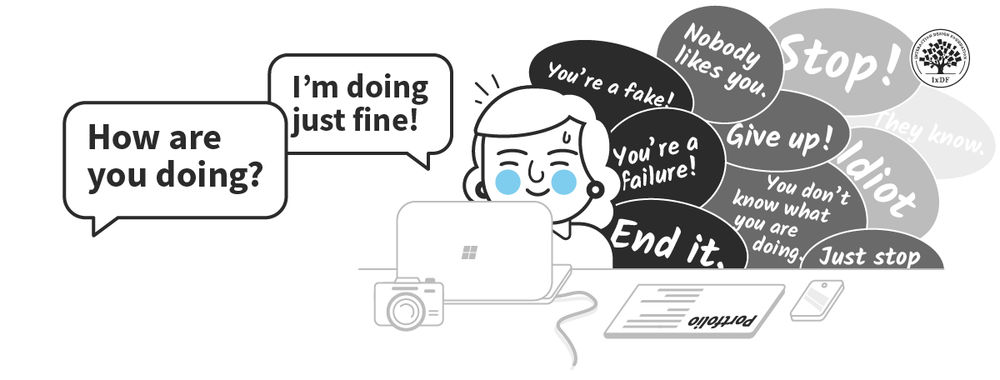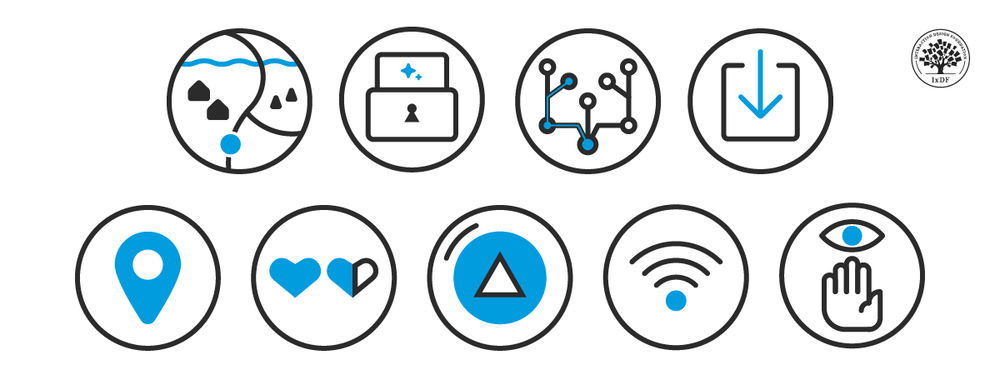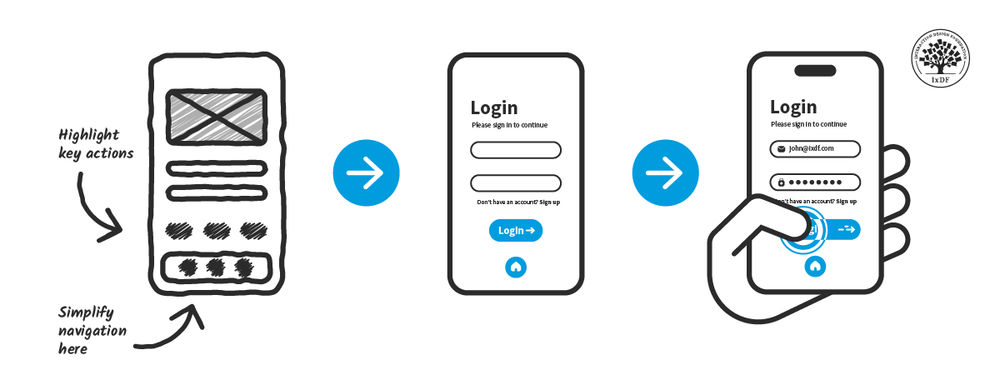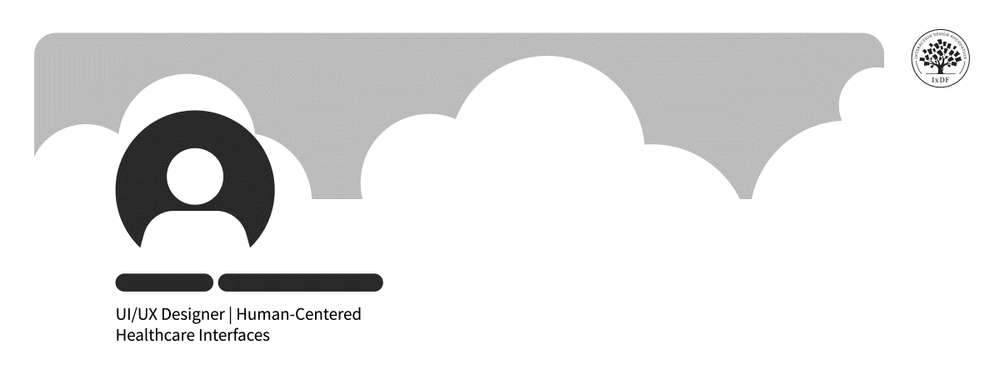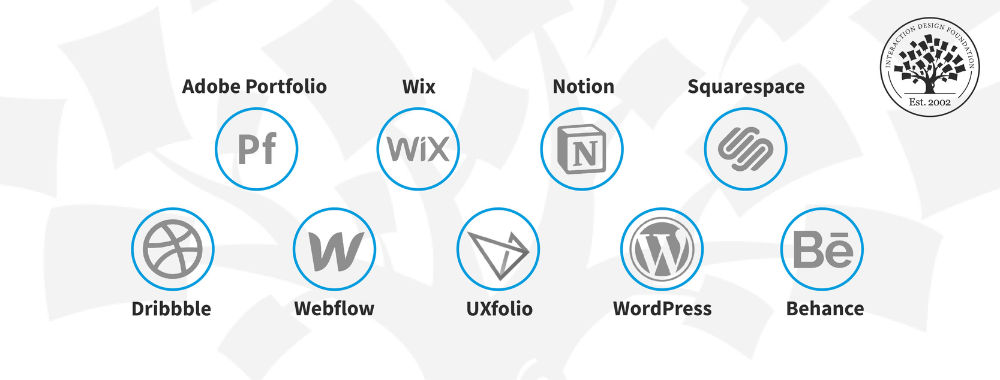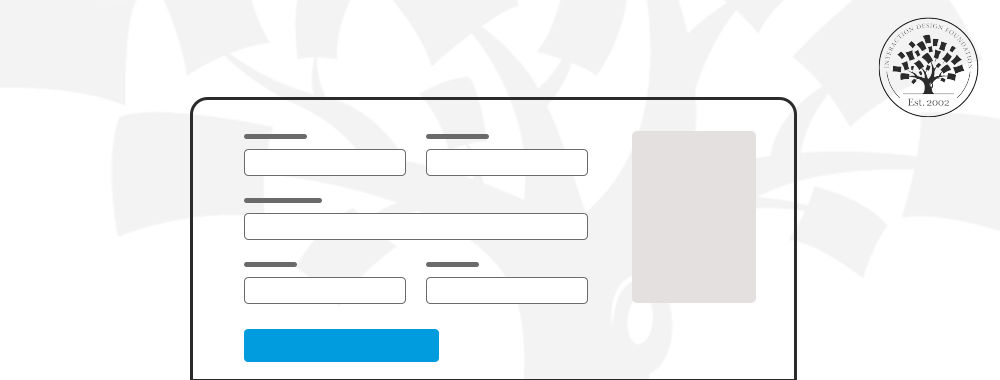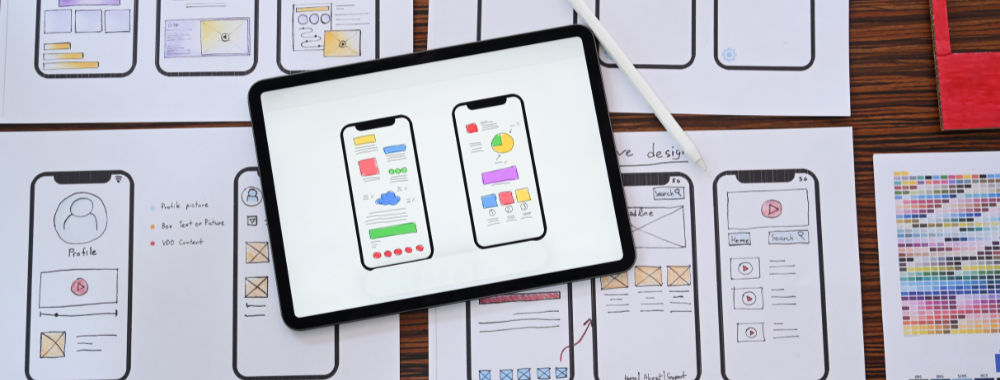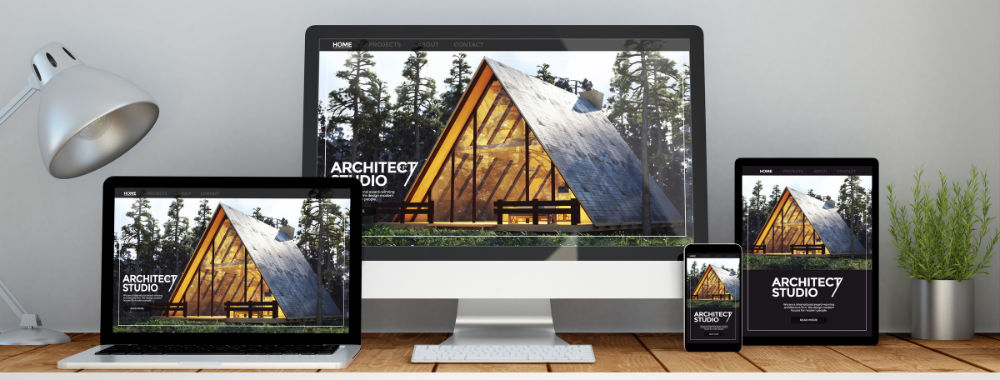The very first book that went into our design library was a Brief Introduction to Interaction Design by Jonas Lowgren. In that book he defines interaction design as “shaping digital things for people’s use” and then he goes on to show the 5 main characteristics of interaction design. We’ll revisit those ideas, briefly here, if you’d like to read the full-text of the original book – it’s available to read online for free here.
The 5 Main Characteristics of Interaction Design
It changes situations by shaping and deploying artifacts.
It explores possible futures.
It frames the problem in parallel with possible solutions.
It requires thinking through “sketching” and other “tangible representations”
It addresses instrumental, technical, aesthetic and ethical aspects throughout the process.
So What Does That Mean?
It changes situations by shaping and deploying artifacts
All design, not just interaction design, is about change. Interaction design is more specifically concerned with digital design. Interaction designers build things to change the way we interact with the digital – they’re not so much concerned with shaping politics or animal husbandry.
It explores possible futures
Not all ideas are good ones but interaction designers need space to play and to create and that means exploring the future in many different ways before deciding on a design method or process.
It frames the problem in parallel with possible solutions
The recent fanfare over the Apple iPhone 6’s awesome design has drowned out criticism of the Apple Payment product which Forbes described as a “solution without a problem”. Interaction designers solve problems through design. There may be art in solutions without problems but they rarely catch on with the wider world. The digital universe can be confusing; those who use it rely on interaction designers to make it less confusing and more accessible.
It requires thinking through “sketching” and other “tangible representations”
Tangible just means you can touch it. Interaction designers build models that you can touch to test ideas and concepts and see if users love them or loathe them. Sketches are the simplest ways to model an idea but full deep prototypes may be needed to truly understand a user’s interaction with an idea.
It addresses instrumental, technical, aesthetic and ethical aspects throughout the process.
Interaction design does not stand alone. It is a discipline which works in parallel with other disciplines and keeps in mind the whole environment in which it exists. You need to build concepts that work but they must also be nice to look at, feasible with today’s technology (or at least economic with it) and they must be ethical too. An interaction designer who ignores these precepts is likely to run into hot water at some point farther down the line.
Summary
These 5 main principles of interaction design are a good start at getting a handle on the profession. Of course, there’s much more to learn before you can be an effective interaction designer. Why not check out the full book that inspired this article? It’s free to access online to everyone.
References & Where to Learn More
Header Image: Author/Copyright holder: Espen Sommer Eide. Copyright terms and licence: All rights reserved. Img
Course: Psychology of Interaction Design: The Ultimate Guide
The Encyclopedia of Human-Computer Interaction, 2nd Ed.



